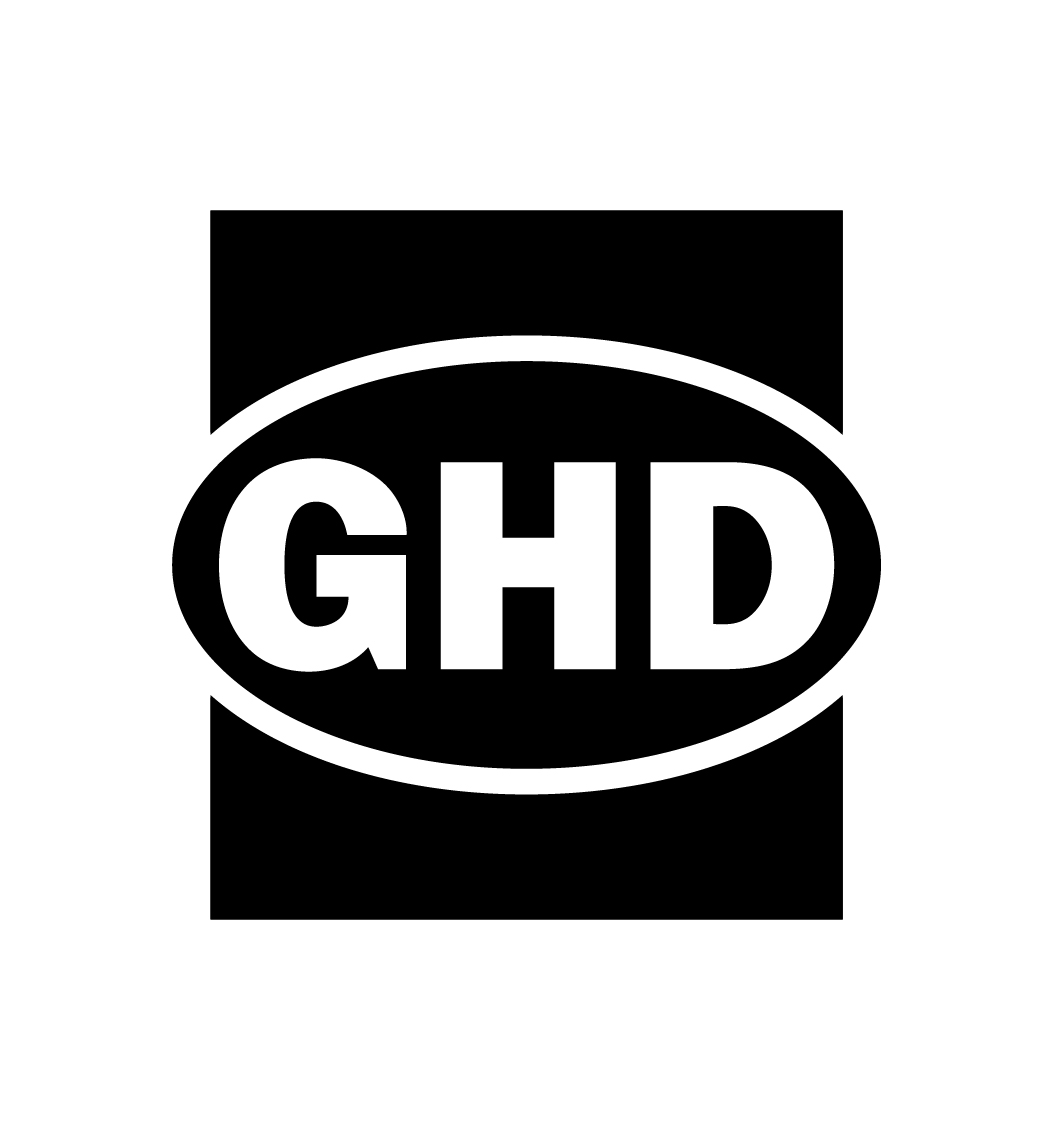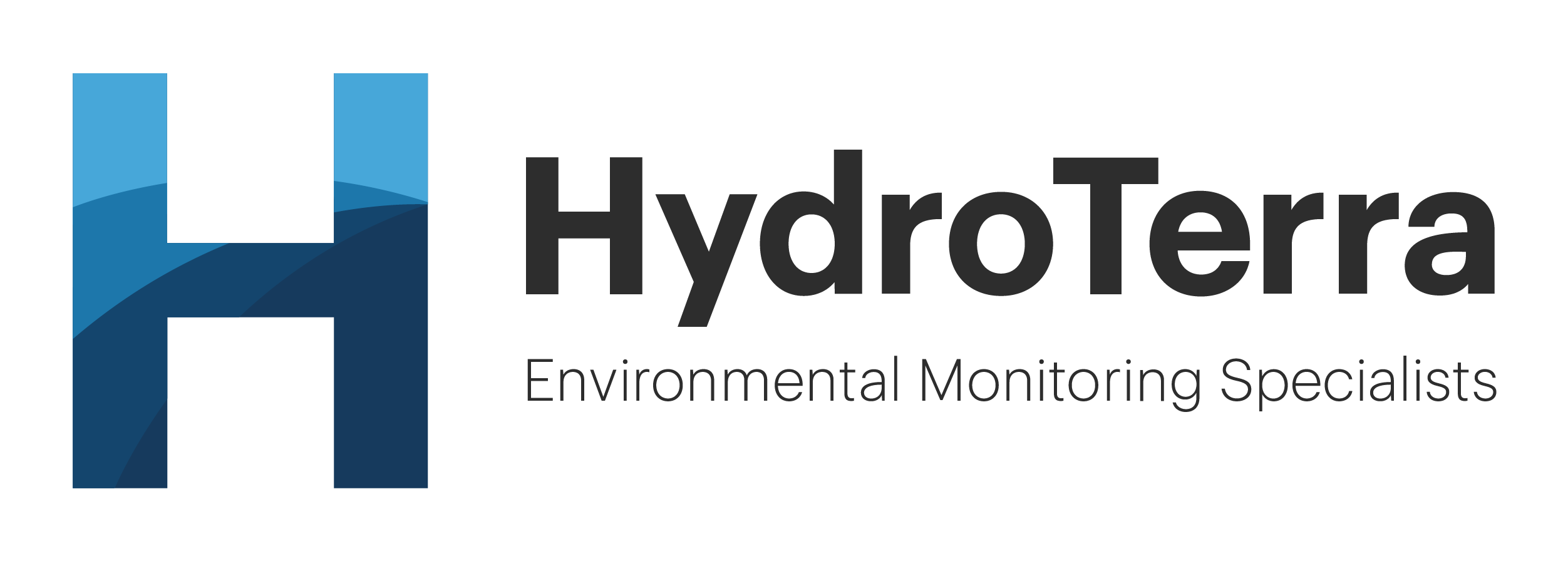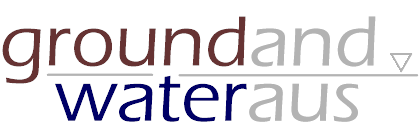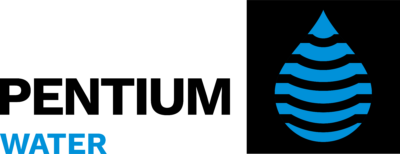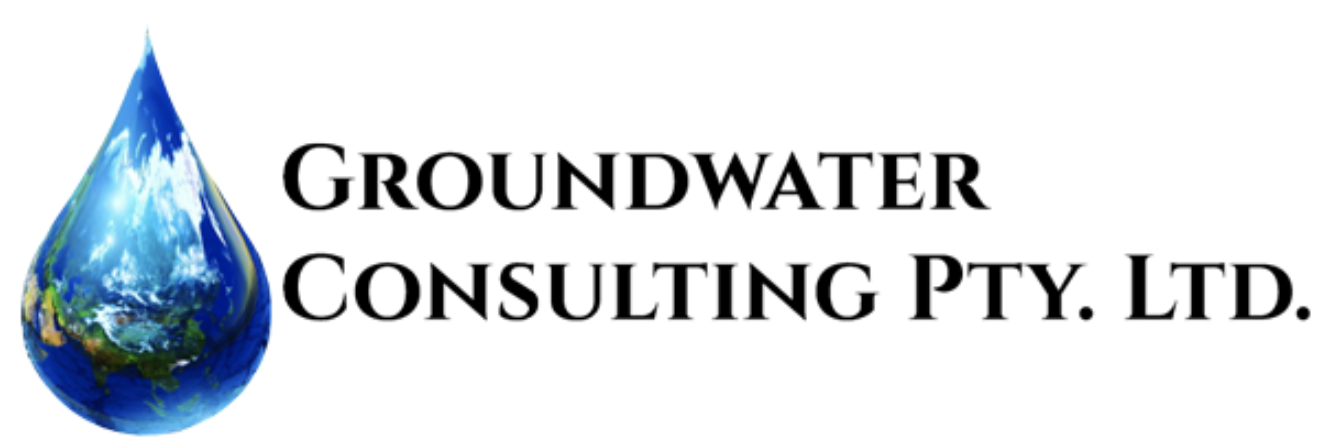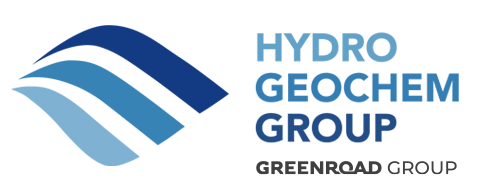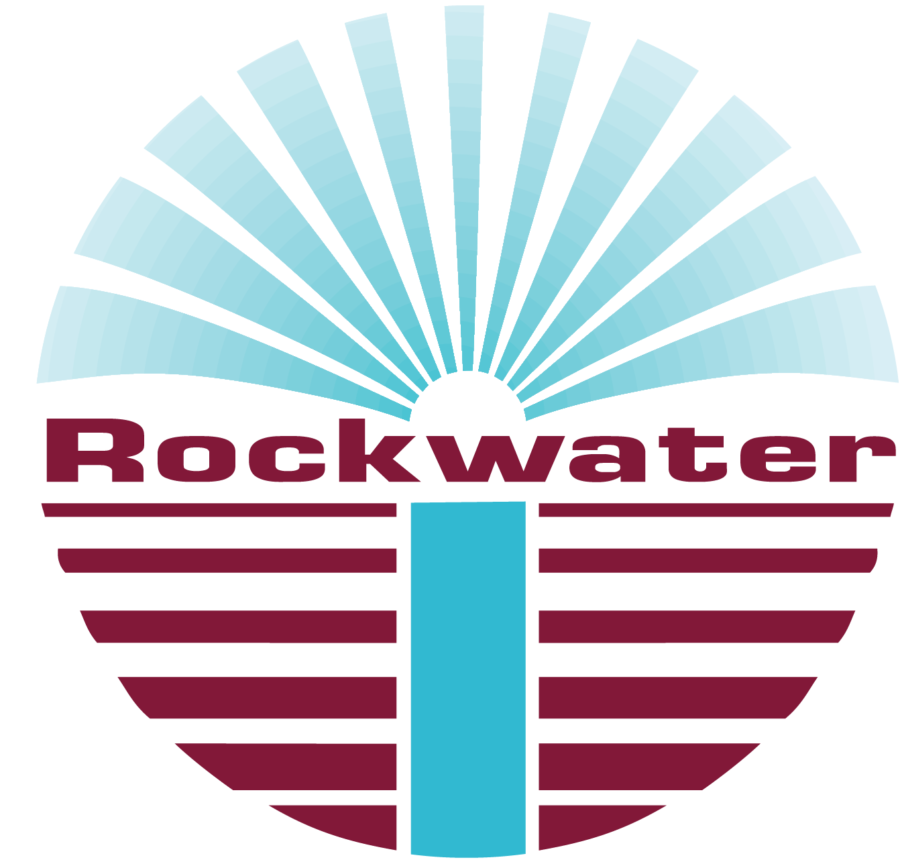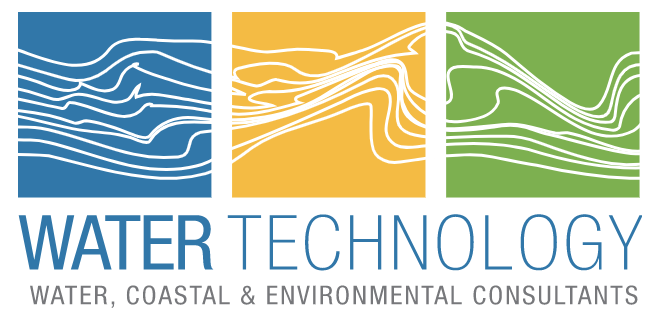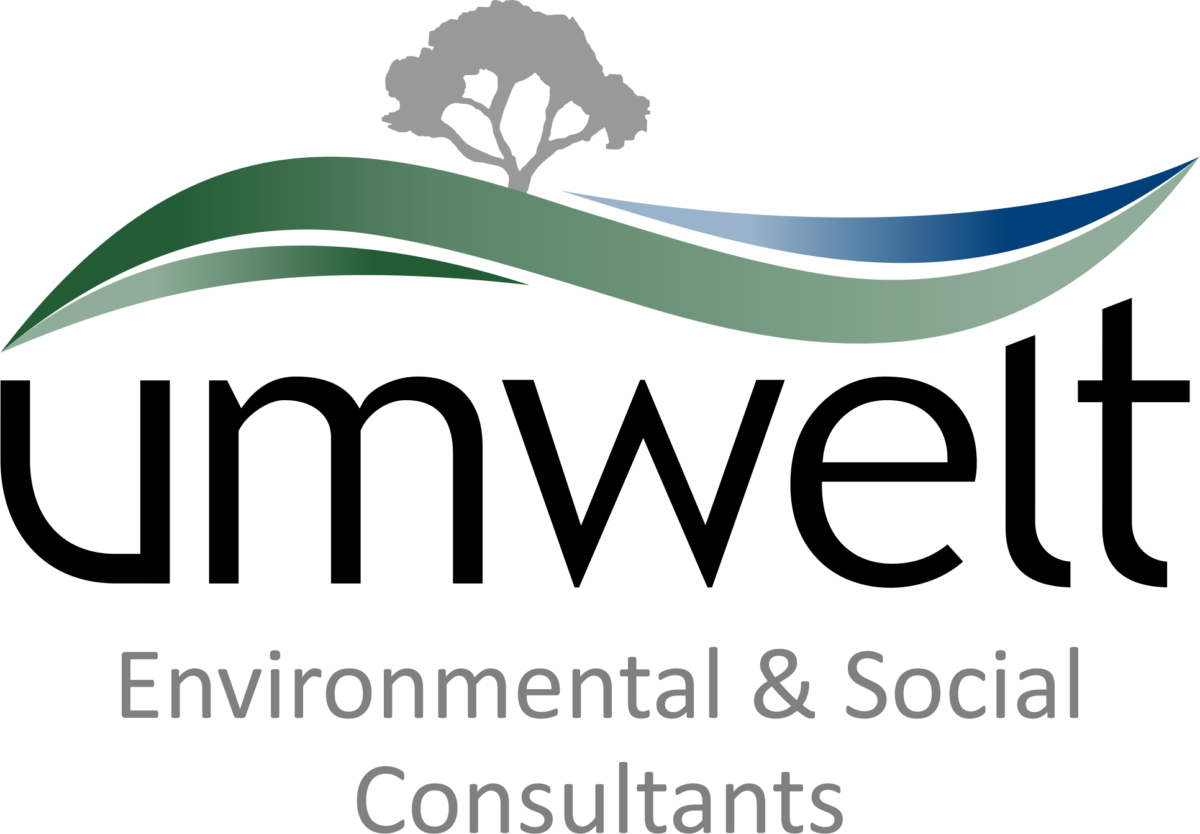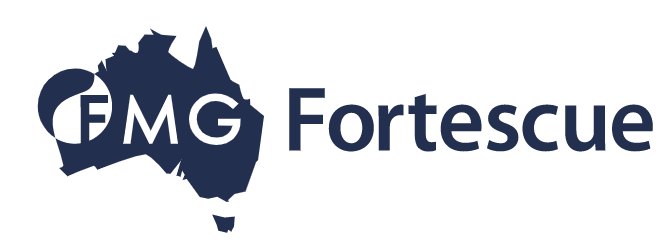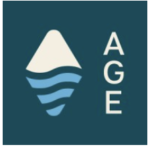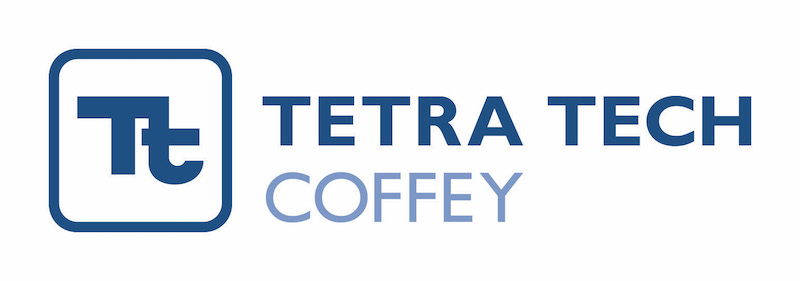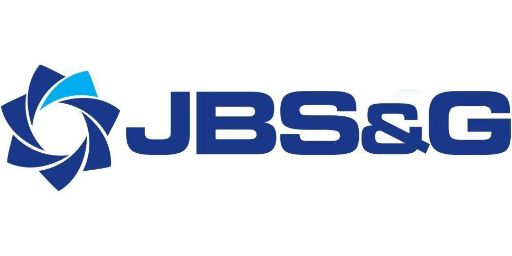Reminiscences of Pioneering Days in Groundwater Monitoring, Groundwater Geophysics and Groundwater Modelling in NSW
Abstract
This talk recounts experiences of the presenter in relatively early days of NSW hydrogeology in the 1970s and 1980s – 40 to 50 years ago – especially the early days of groundwater geophysics and groundwater modelling undertaken at the NSW Water Conservation and Irrigation Commission (WC&IC). In addition, some exploration is made of much earlier records of groundwater monitoring from the beginning of the 20th century in the Great Artesian Basin (GAB) and from the 1940s in the Botany Sandbeds near Sydney. Original maps of GAB isopotentials and drawdowns from 1910 to 1913 will be on display.
After a Hydrogeological Section was established at the WC&IC around 1950, systematic groundwater investigations were initiated in the major inland valleys of NSW, commencing with the Hunter Valley (1953) and the Lachlan Valley (1957). Although geophysical methods were trialled in Australia by the Imperial Geophysical Experimental Survey in 1928-1930, applications to groundwater were rare prior to the 1950s when investigations were undertaken by the Bureau of Mineral Resources. At the WC&IC, seismic refraction surveys and downhole geophysics were critical to the investigation of the Namoi Valley in the 1960s and the Murrumbidgee Valley in the 1970s. Resistivity methods were developed in the 1970s, with considerable advances in methodology and interpretation techniques by WC&IC staff. Theoretical advances in downhole geophysics and seismic interpretation were made in the same decade by WC&IC staff and other Sydney-siders. Specific education in hydrogeology was limited to groundwater schools with guest lecturers, the first being in Adelaide in 1965 for a fortnight. On-the-job training was the main method of education. At WC&IC, a highly successful cadetship program was introduced around 1970 with a blend of office, field and university training. Most of the original cohort went on to become recognised leaders in NSW (and broader) hydrogeology.
The early years of groundwater modelling were before MODFLOW, before Excel, before SURFER, before Windows, and long before GIS. Back then, every modelling activity was an innovation. At WC&IC, the game-changer was acquisition of a Digital PDP8/e mini-computer in 1972 with 8 kb of memory, which supported only Assembler and FOCAL programming languages, followed by BASIC and eventually FORTRAN. I/O was via hardware toggles, a teletypewriter keyboard (10 cps), and paper tape which doubled as the initial storage device, followed by serial cassette tape, 8 inch floppy discs and eventually large hard discs with 5 Mb capacity. The focus was on analytical models for the first decade until distribution of PLASM (from USA) in the mid 1970s, AQUIFEM in the early 1980s, and MODFLOW in the mid 1980s, supplemented by bespoke code. The first published numerical model of a major NSW aquifer is believed to have been by Frans Kalf and Don Woolley in 1977 for the Gumly Gumly borefield near Wagga Wagga in the Murrumbidgee Valley.
Biography
Noel Merrick was a cadet in geophysics with WC&IC in 1971. After that, he worked in the geophysics group of the WC&IC Hydrogeological Section until 1980, then became the lead groundwater modeller in the same office until 1987 when he moved back into geophysics as a lecturer at the University of New South Wales while continuing to do groundwater modelling consulting projects. He “retired” in May 2009 from the University of Technology, Sydney, where he was Associate Professor and Acting Director of the National Centre for Groundwater Management. He ran courses in Groundwater Modelling, Groundwater Geophysics and Groundwater Policy and Management. As a researcher, he pioneered methods for resource sustainability quantification and management, particularly using optimisation techniques, and has been engaged in research projects with the Aquaculture, Rice, Cotton and Contaminant CRCs. In recent years most of his time has been spent on expert witness testimony and peer reviews of groundwater assessments. In November 2019, he was awarded the inaugural Groundwater Professional Award by IAH Australia, for lifetime achievement in hydrogeology for services to education, research and industry.



